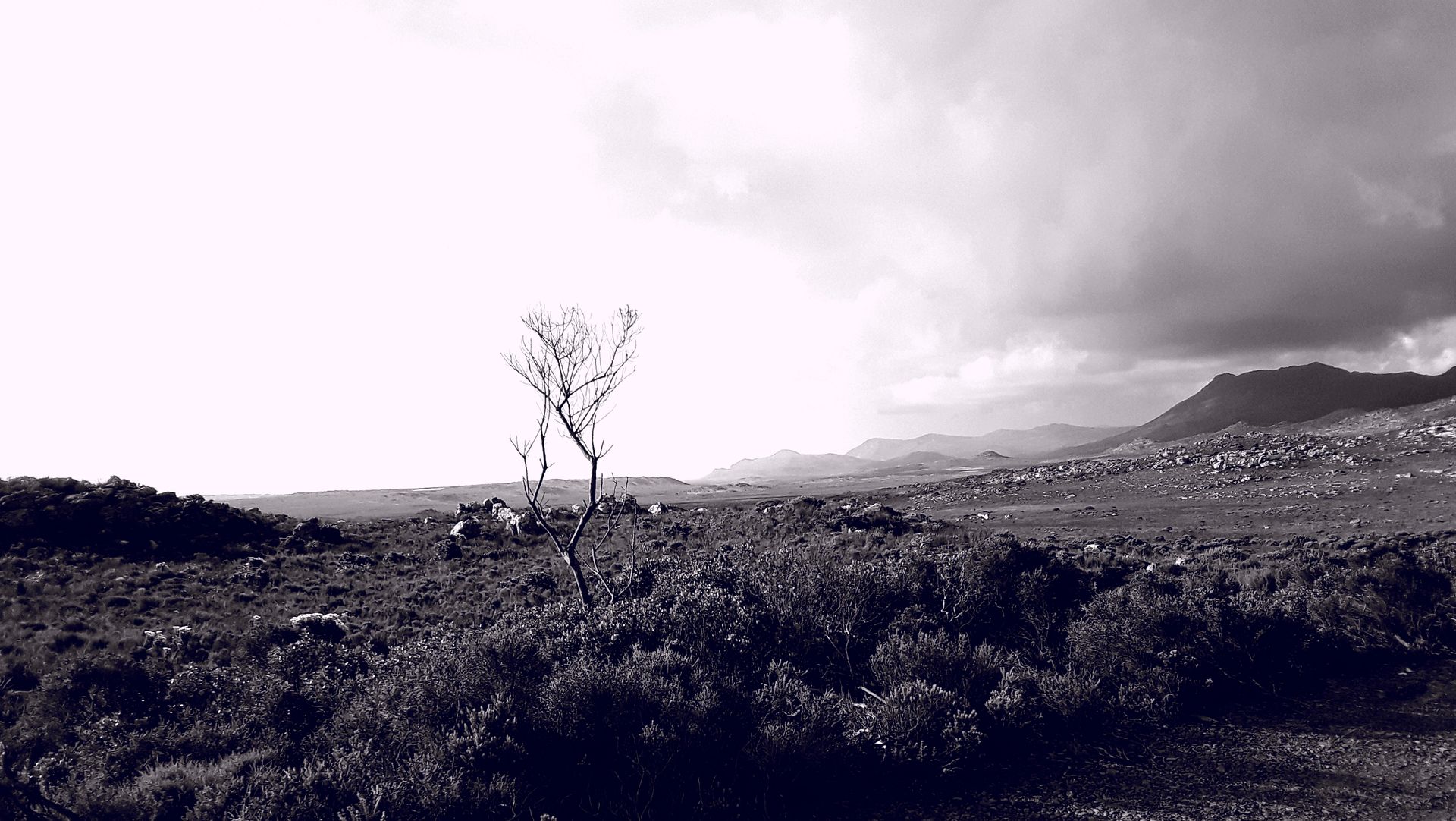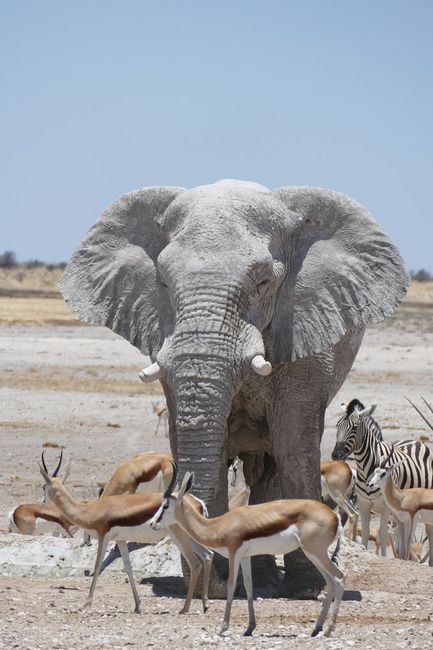
mit-dem-dubs-zu-neuen-ufern
vakantio.de/mit-dem-dubs-zu-neuen-ufern
Valparaiso is colorful - so is the Atacama
ప్రచురించబడింది: 08.04.2018
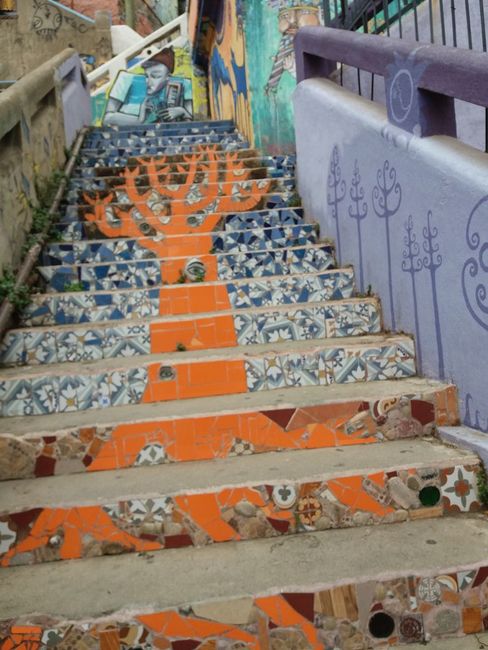
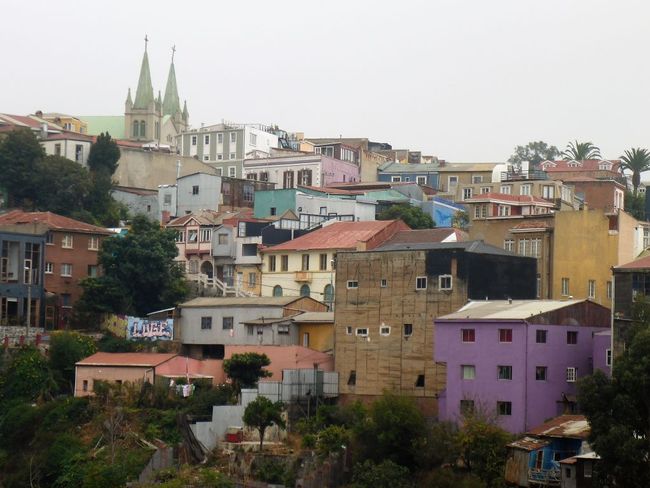
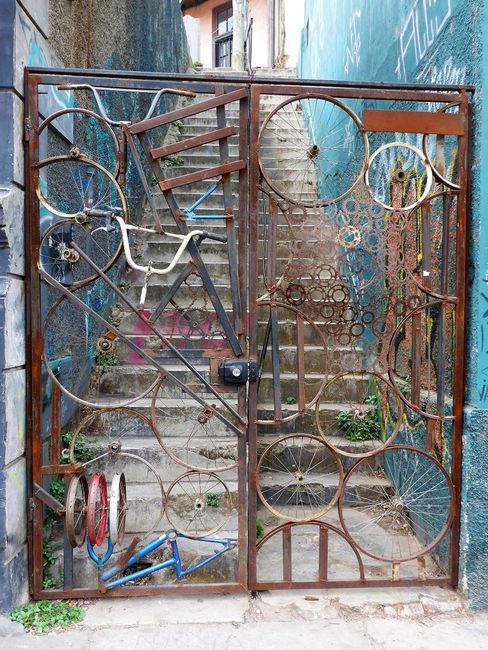
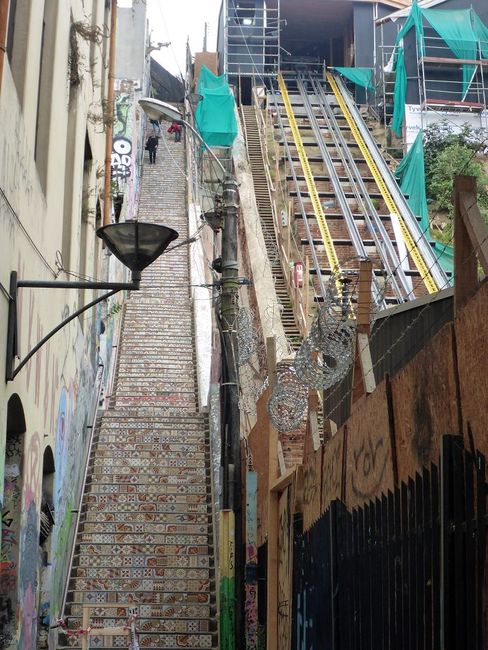
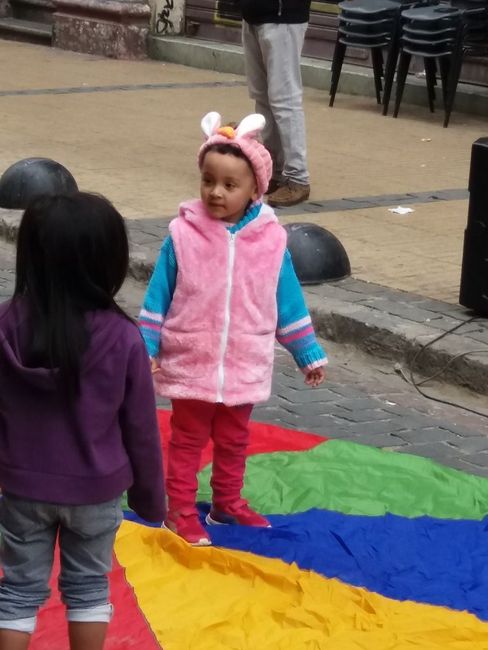
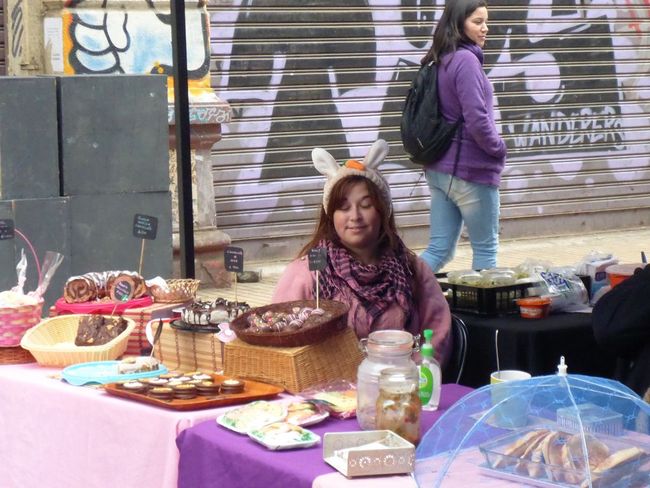
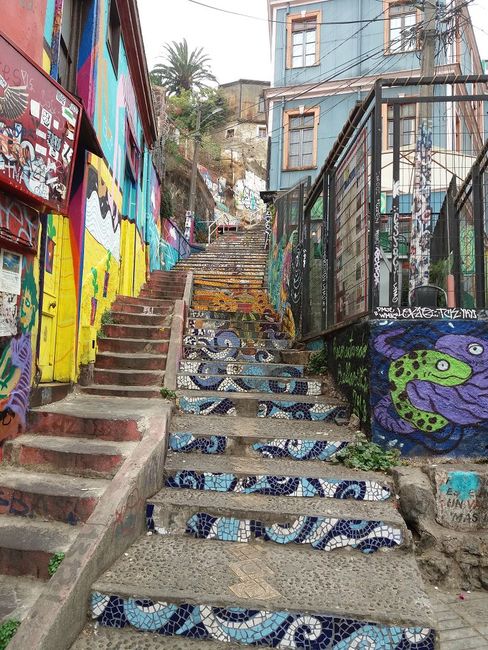
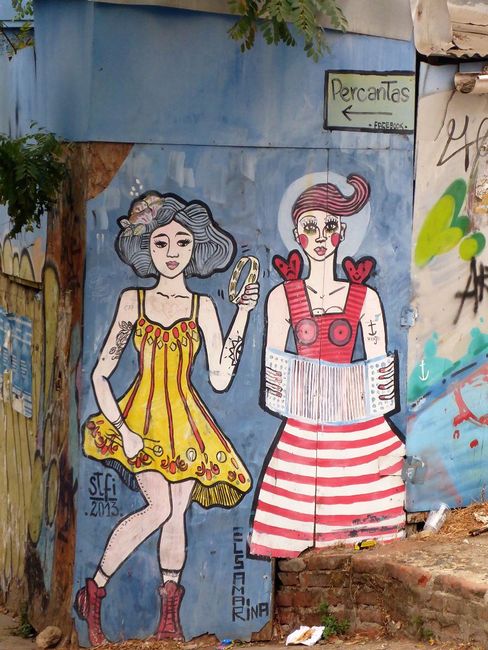
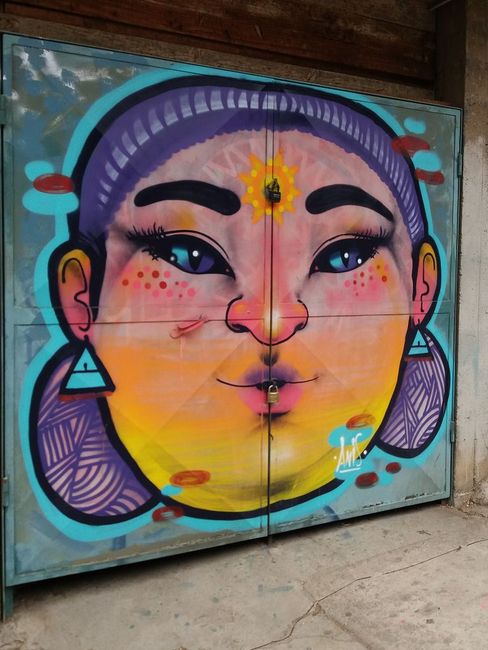
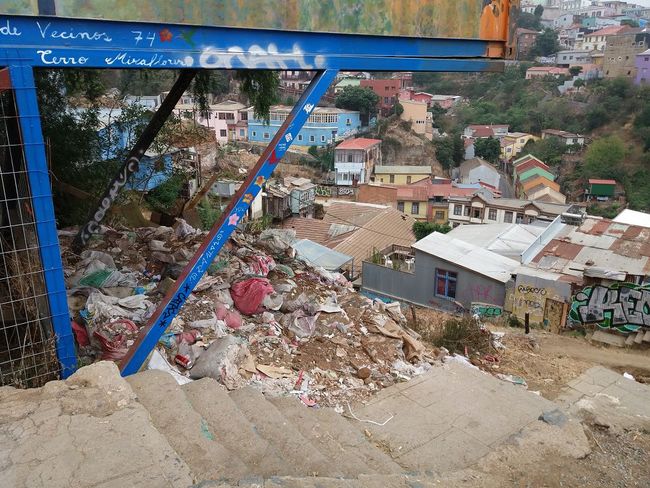
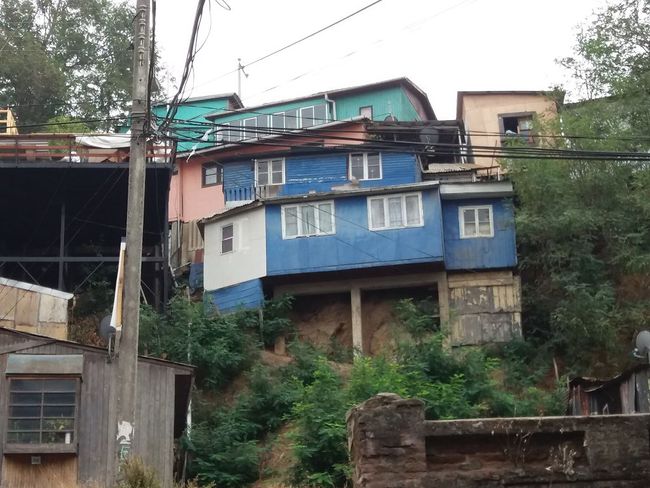
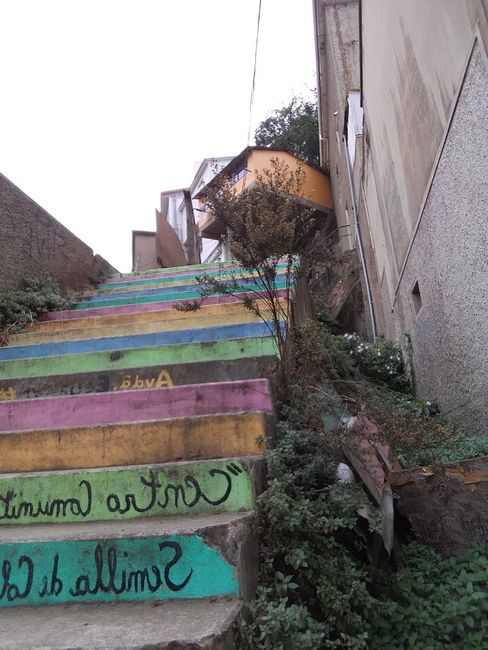
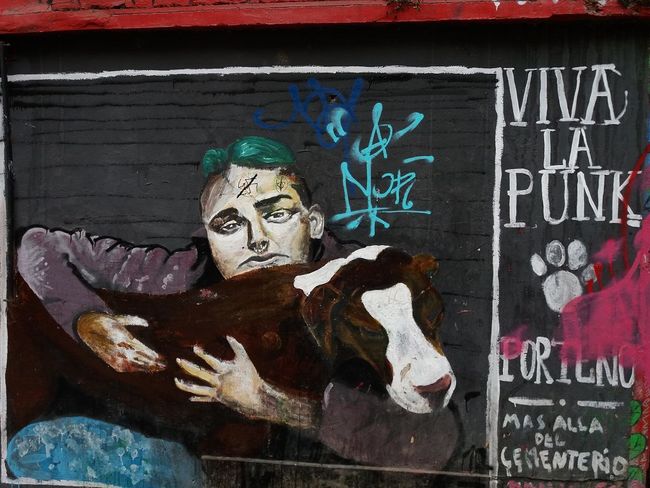
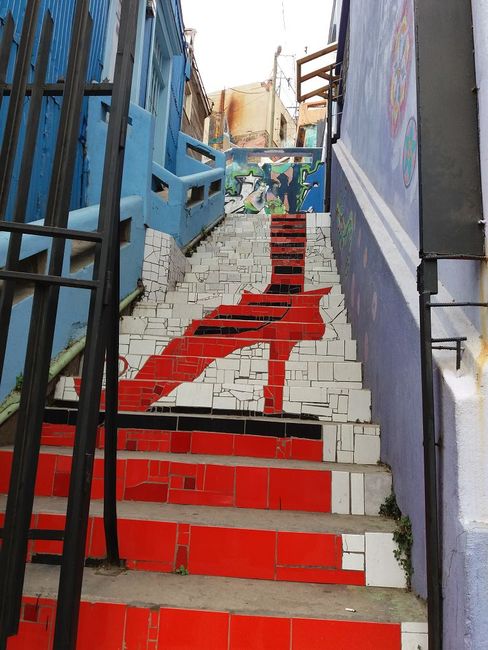
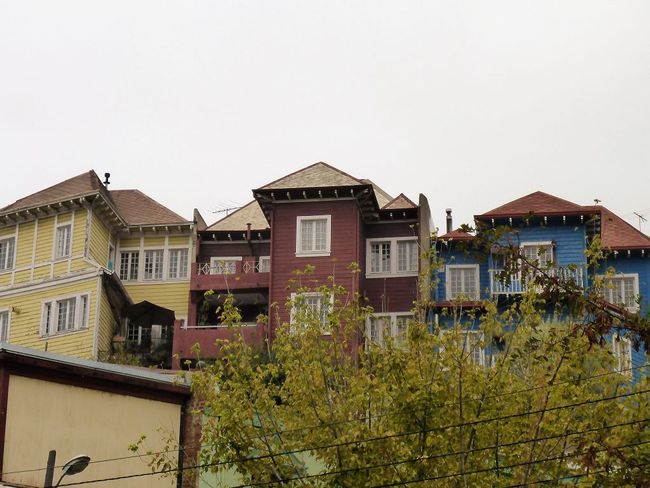
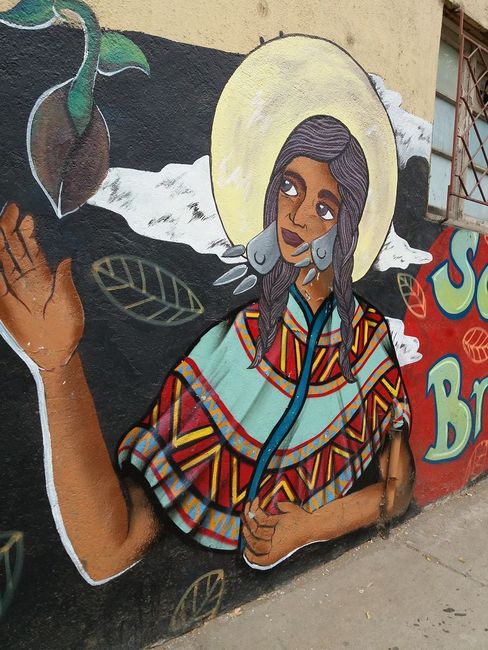
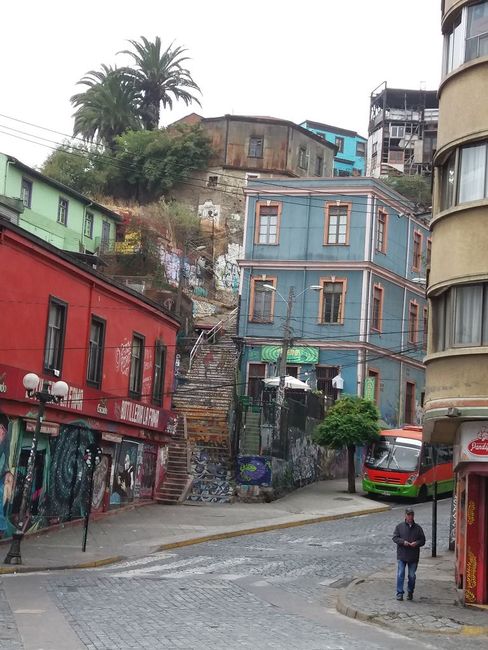

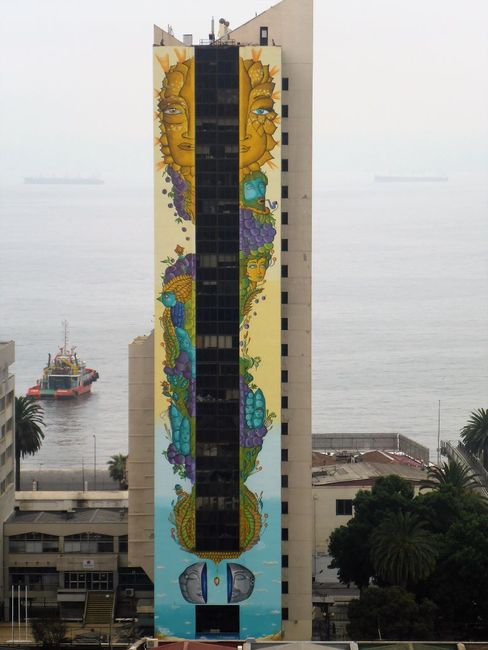
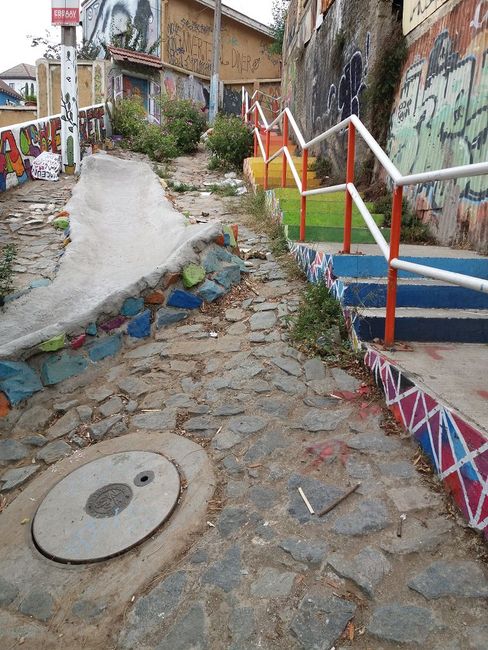
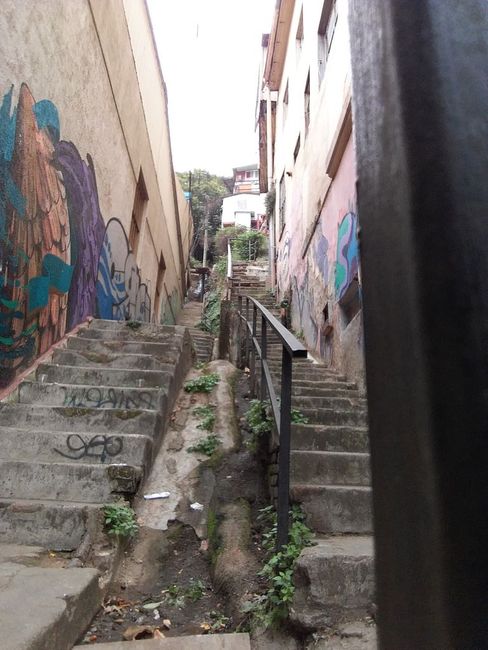
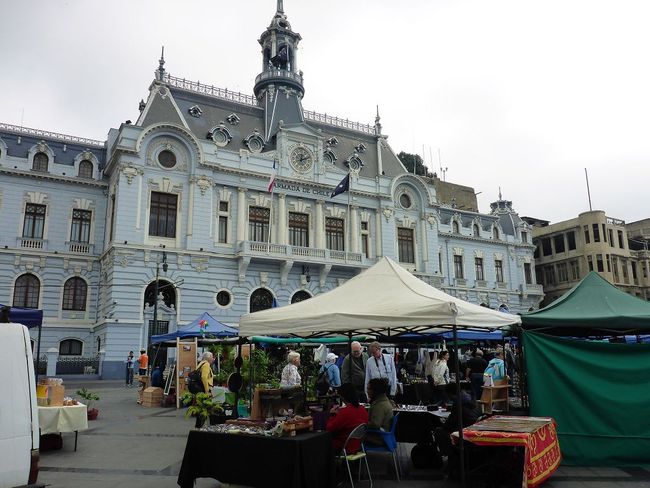
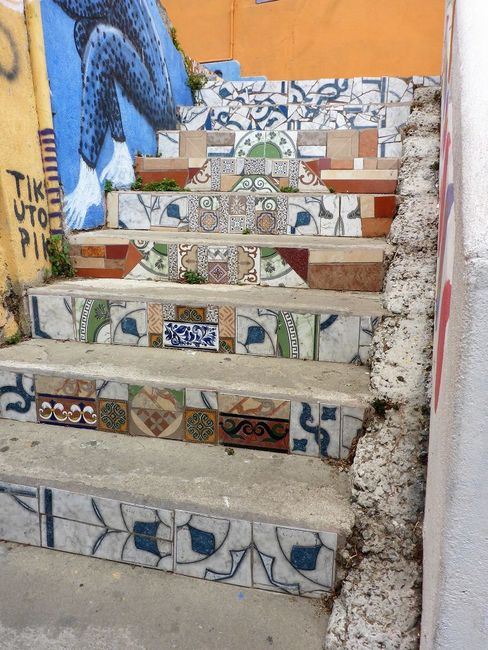
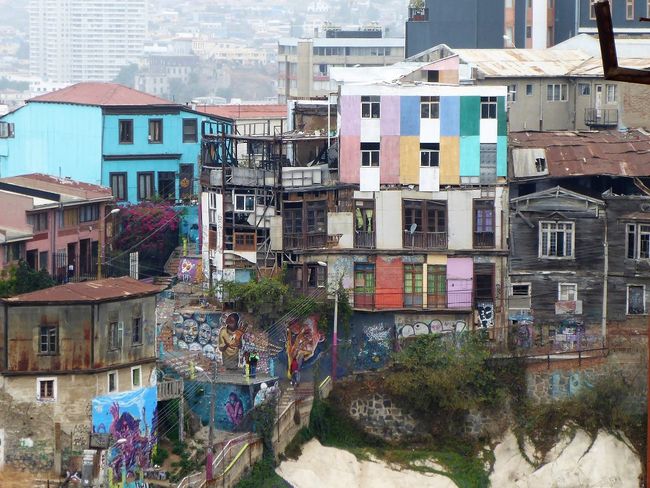
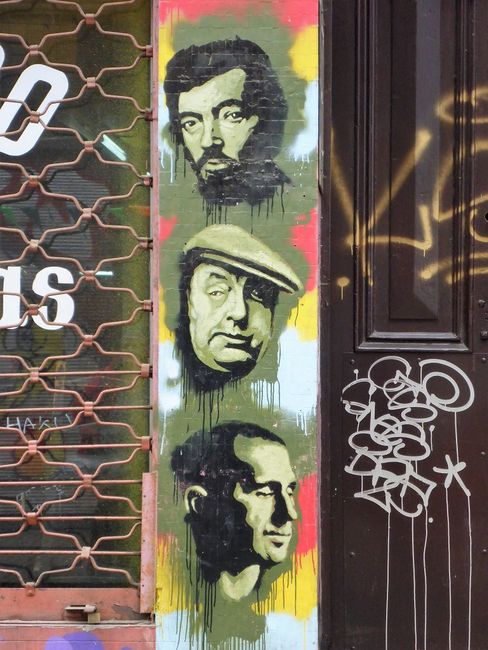
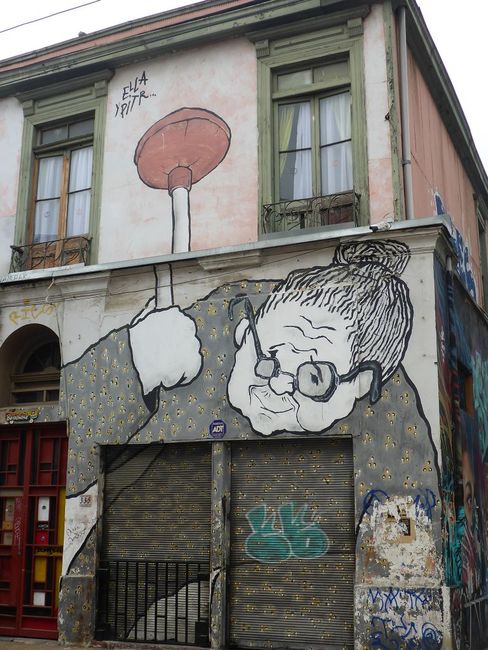
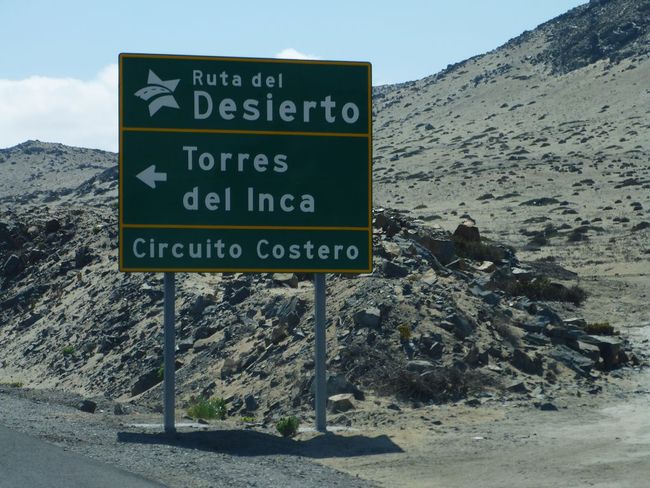
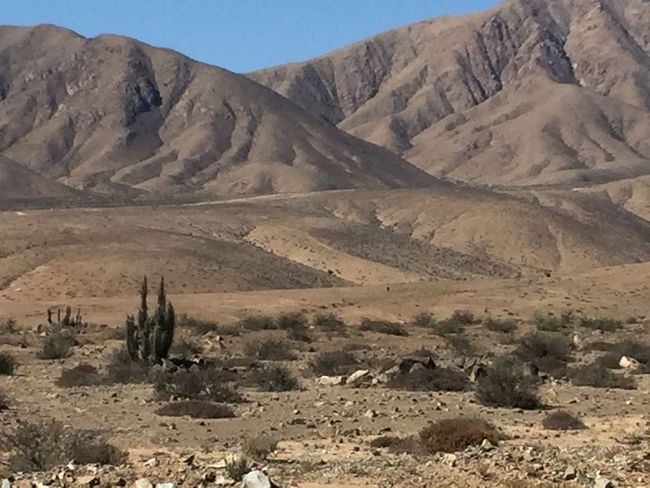
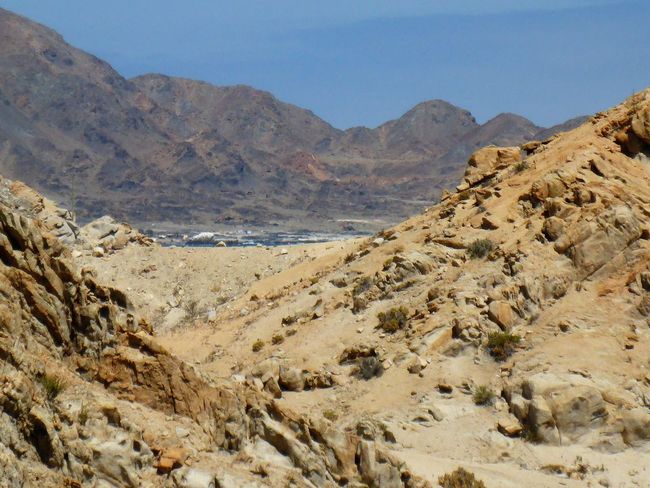
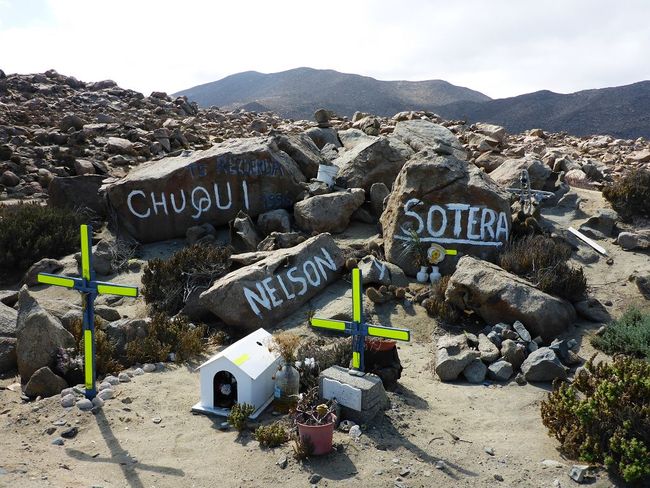
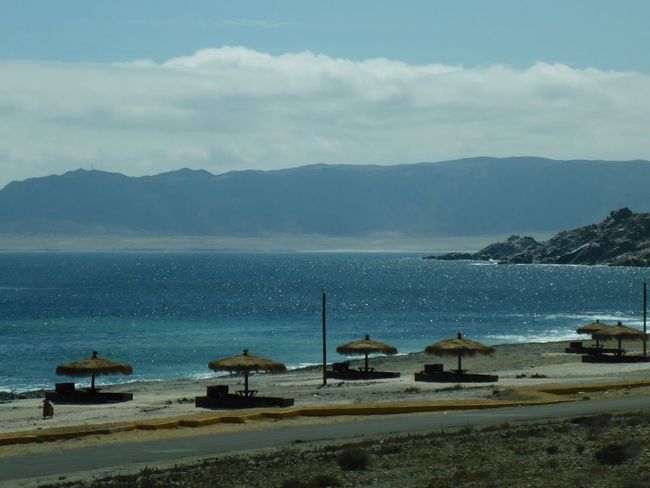
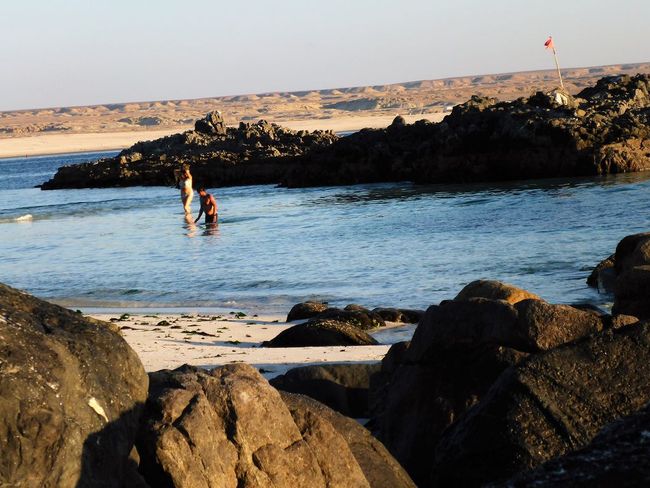
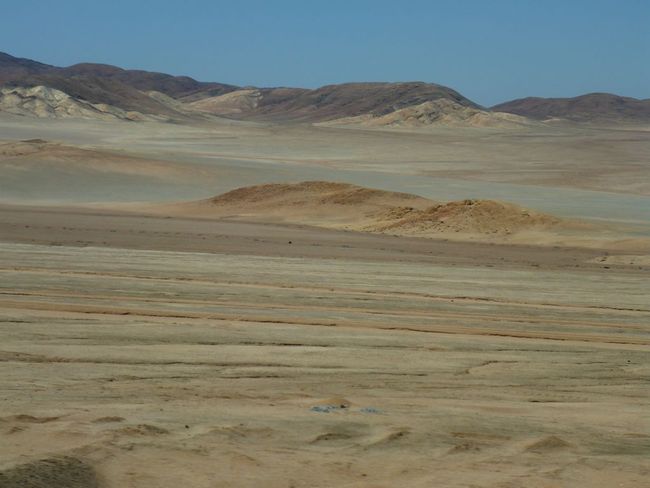
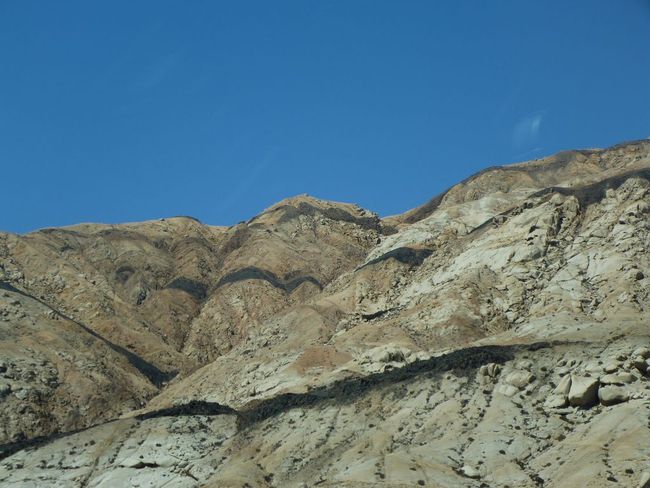
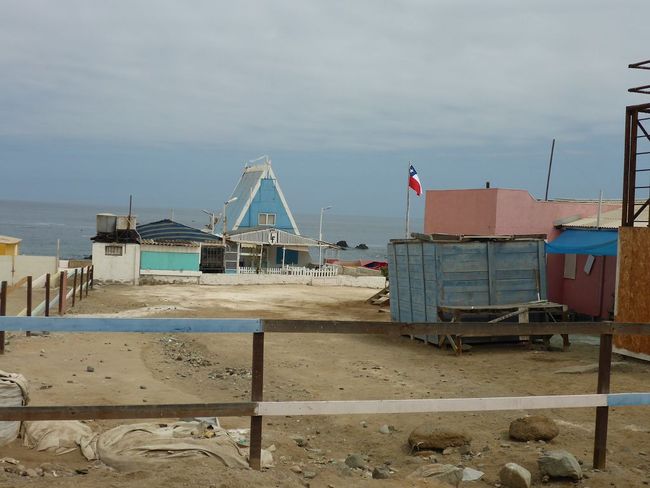
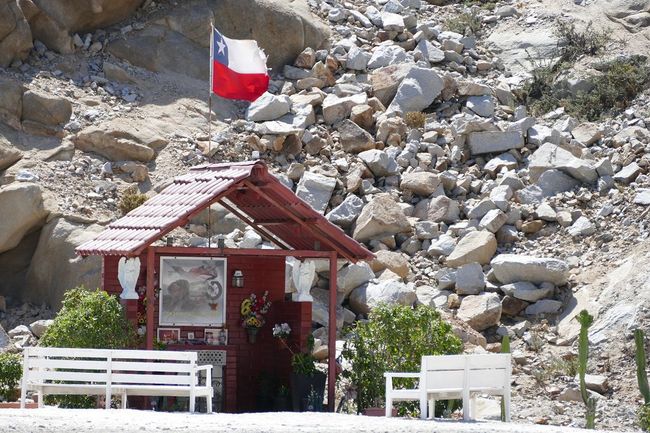
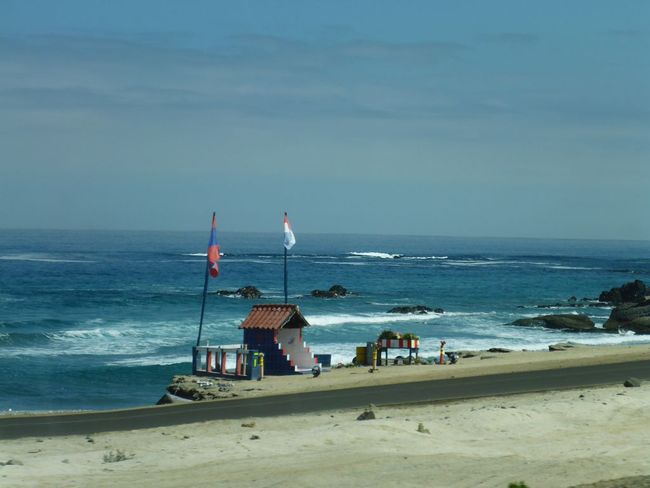
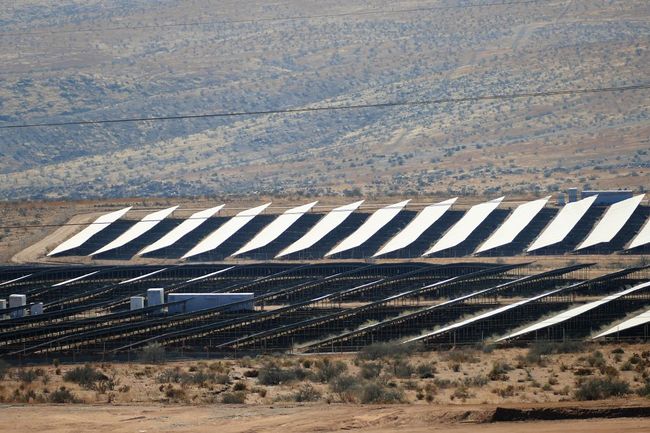
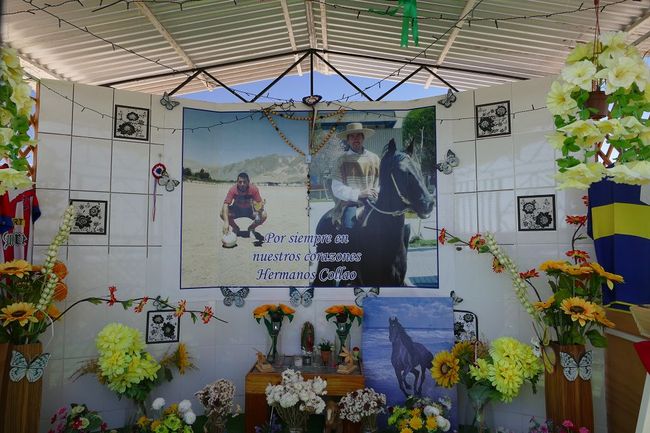
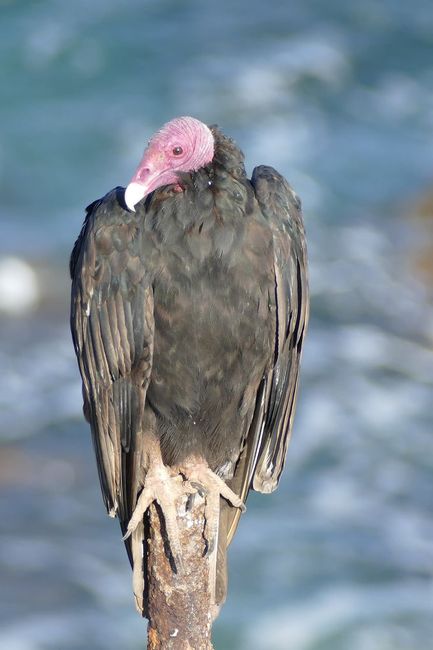
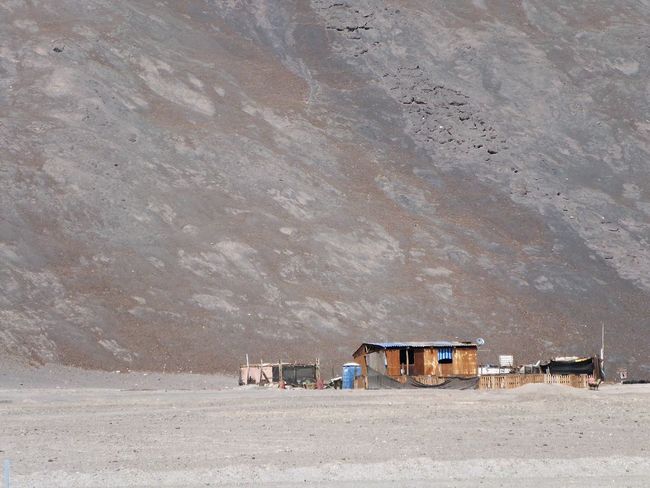
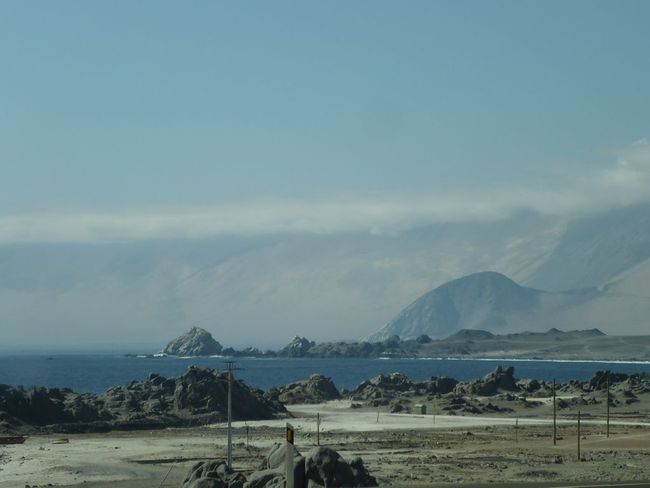
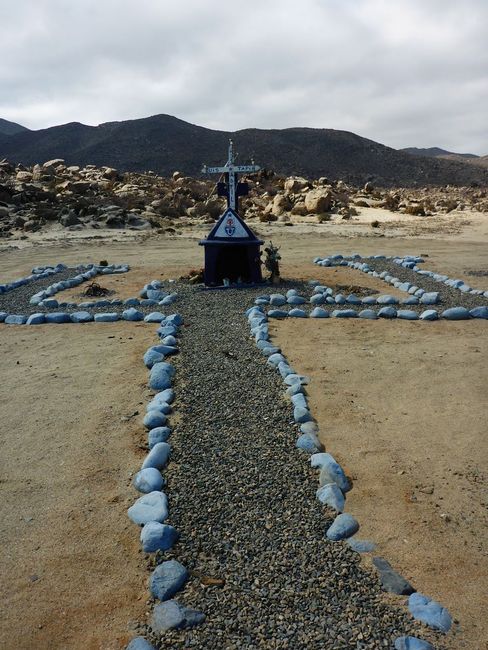
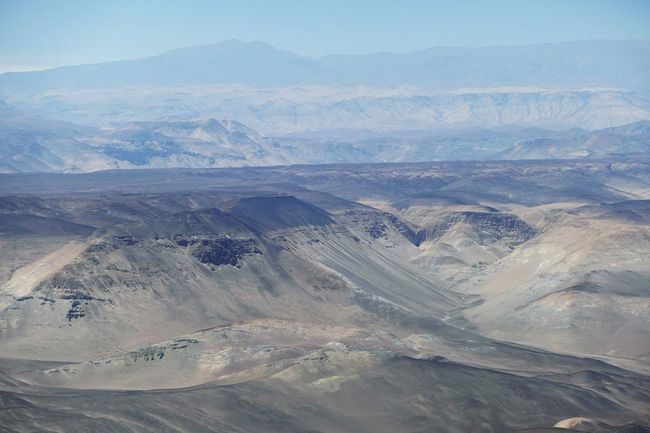
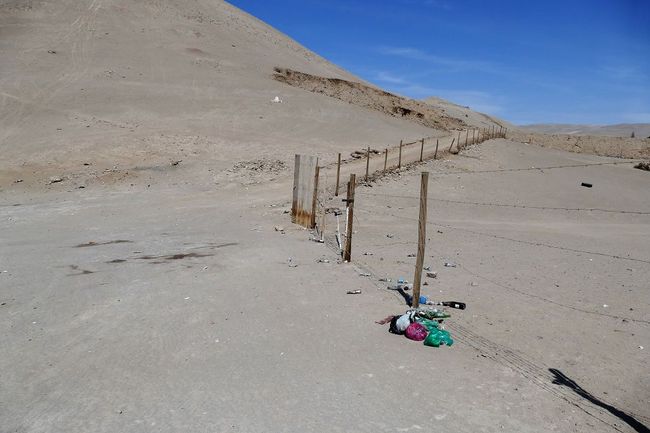
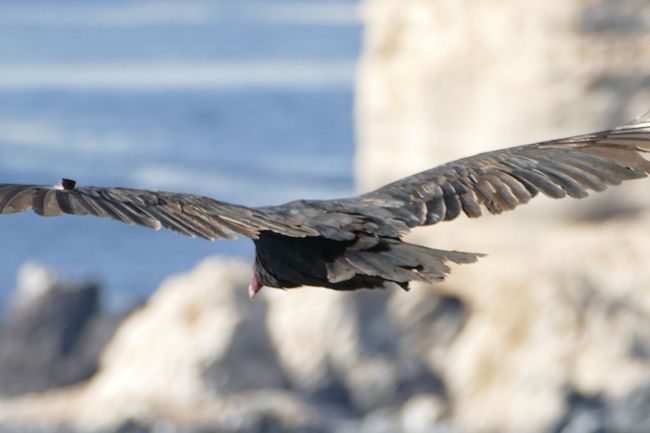
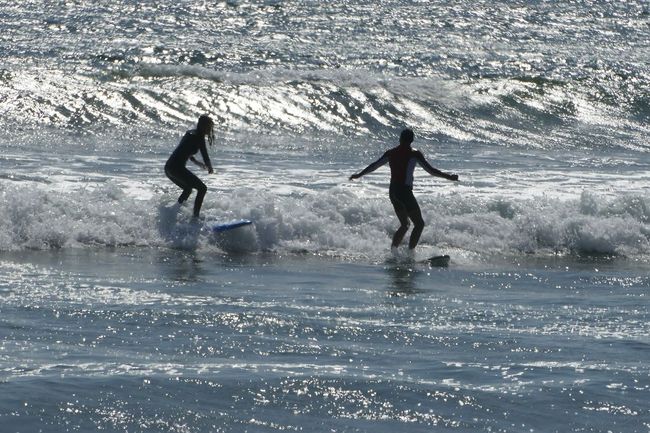
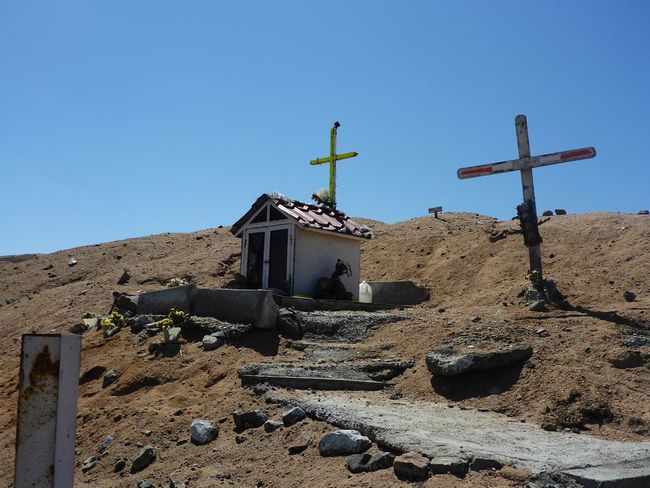
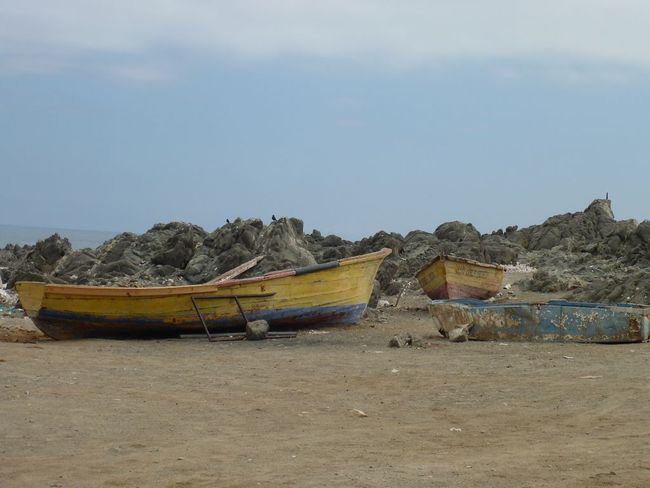
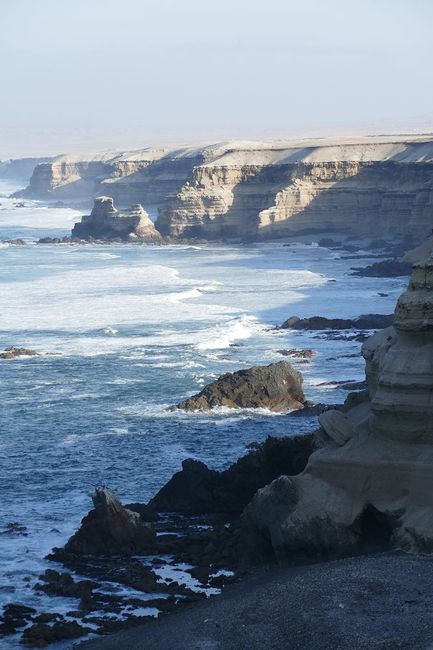
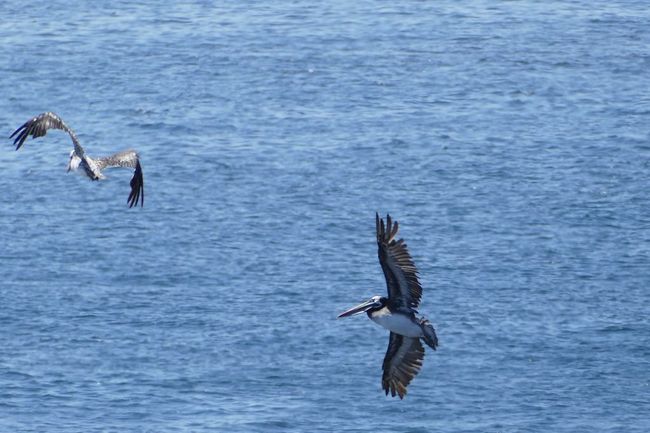
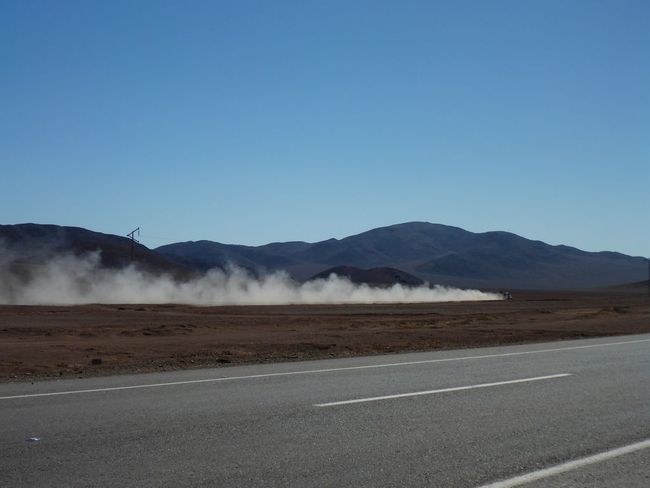
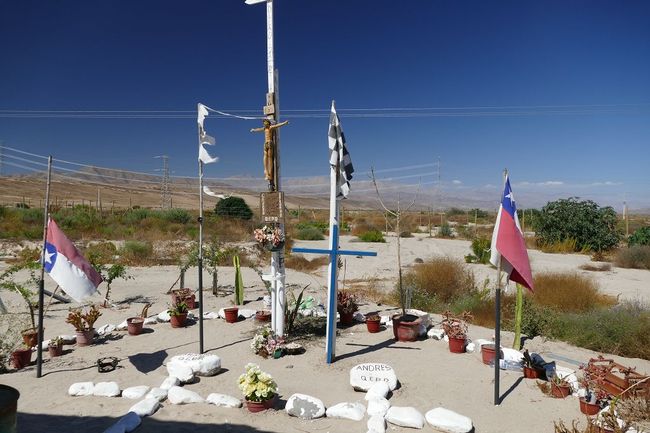
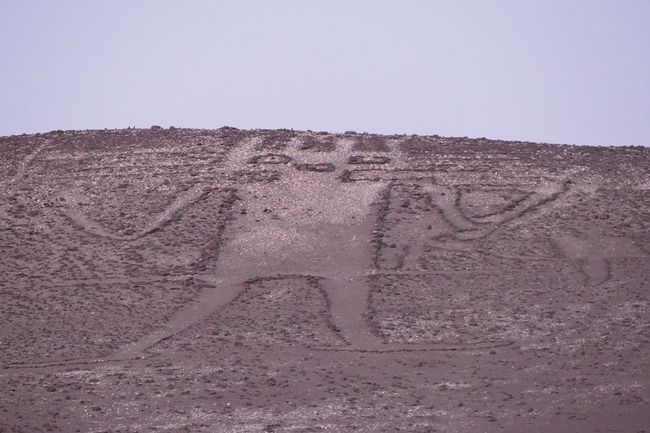
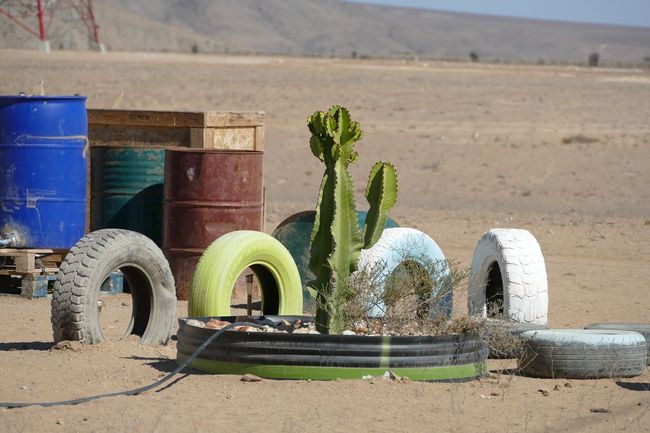
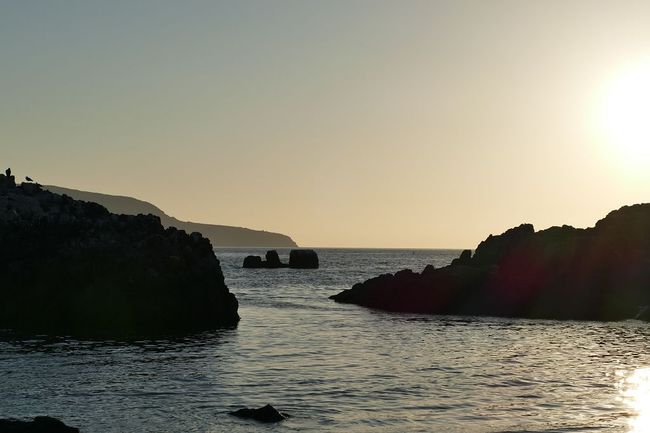
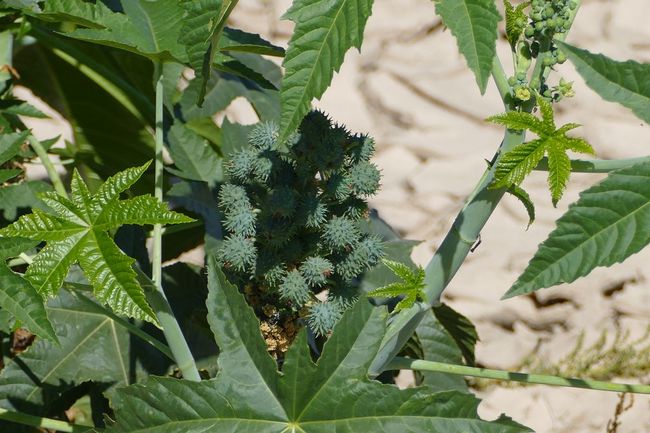
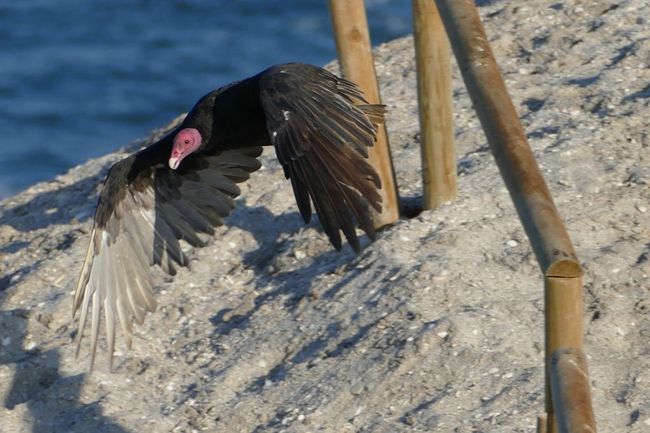
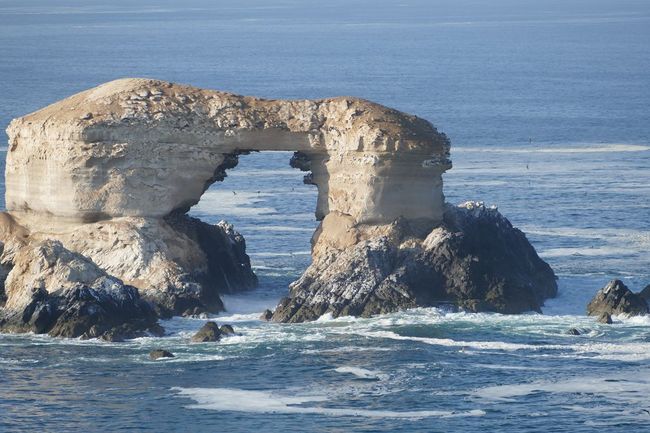
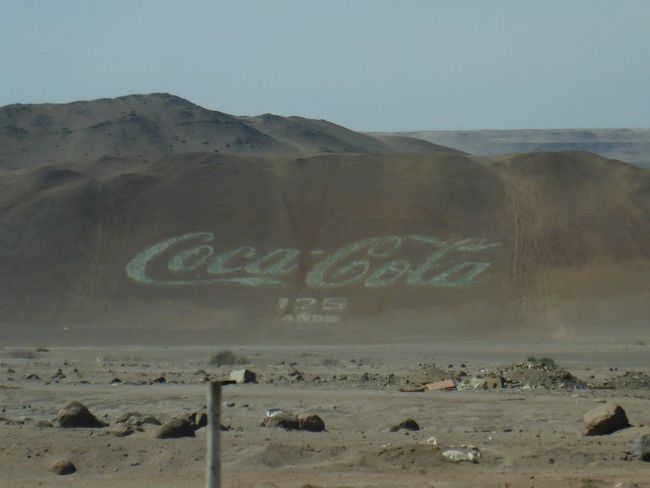
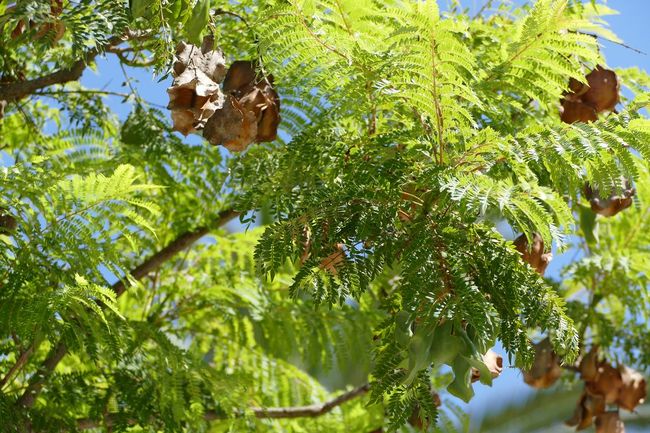
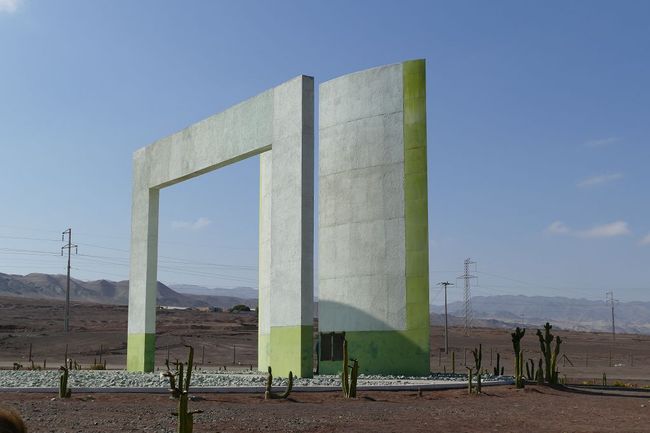
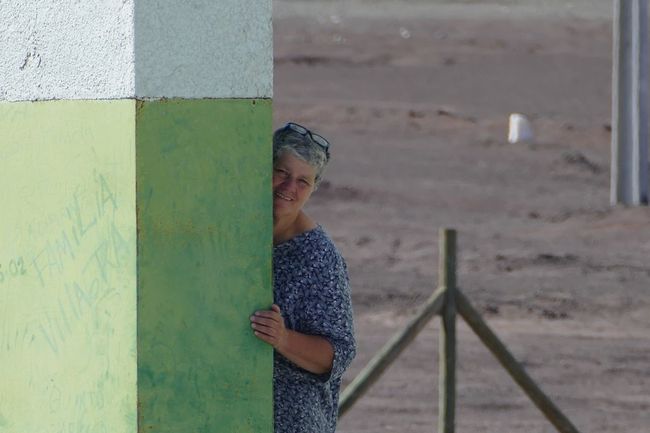
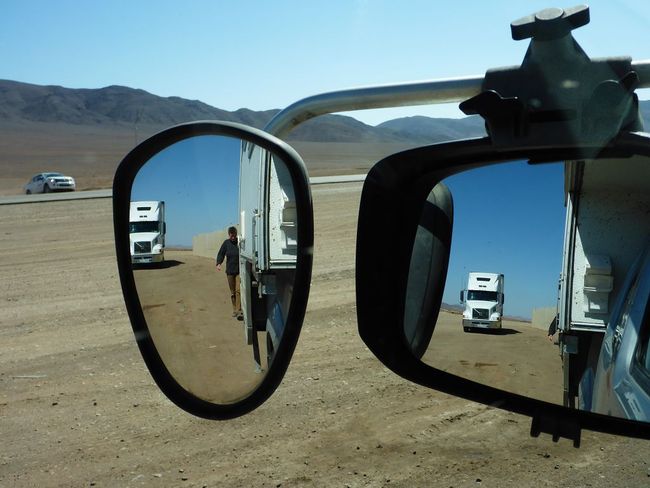
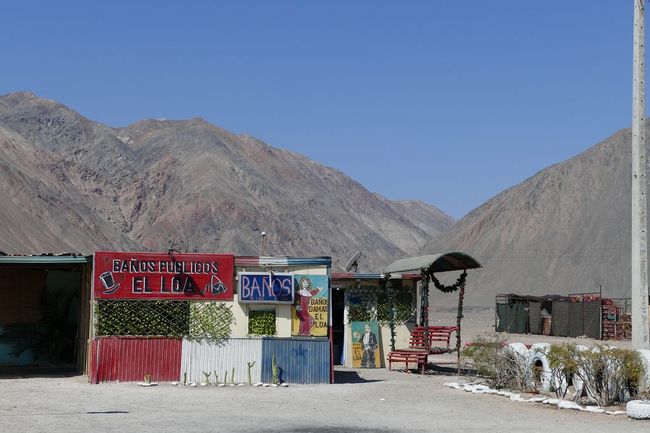
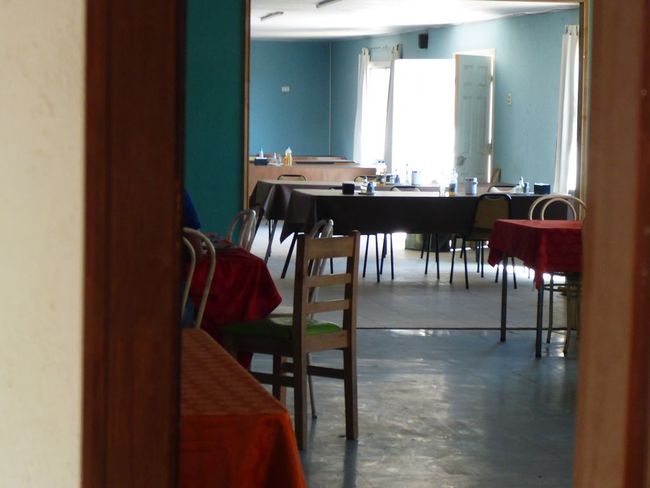
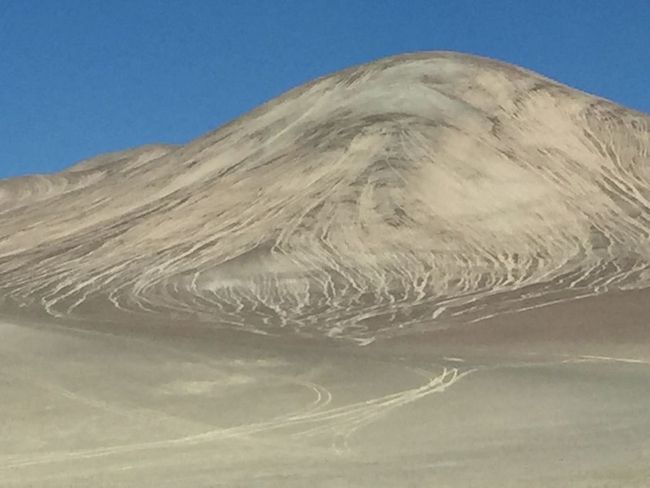
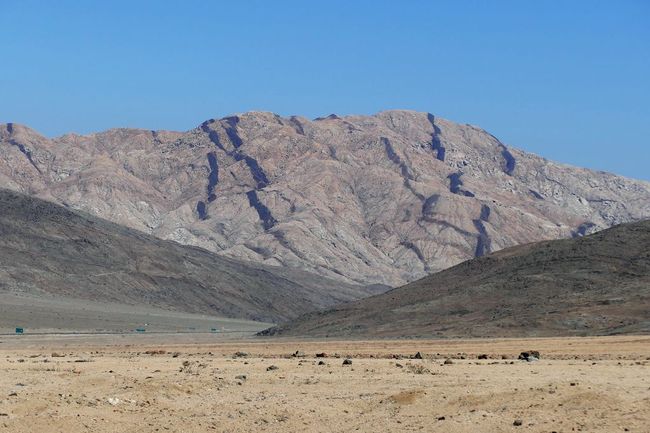
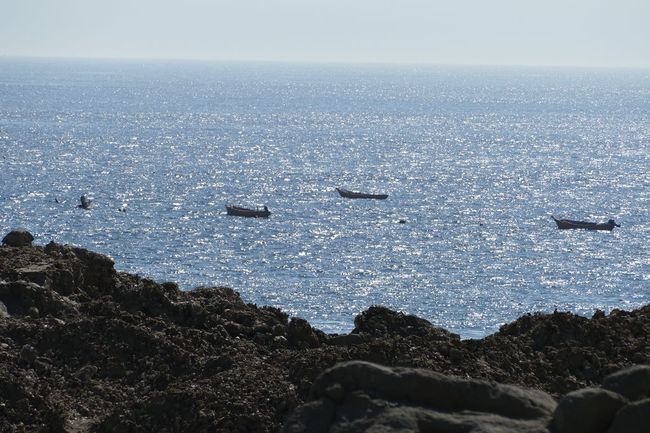
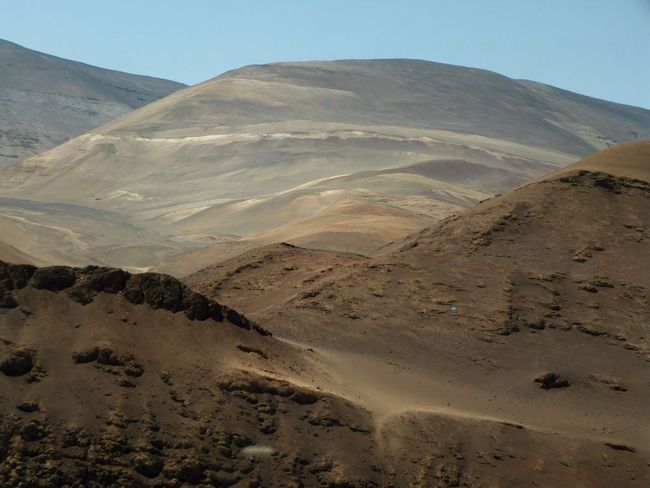
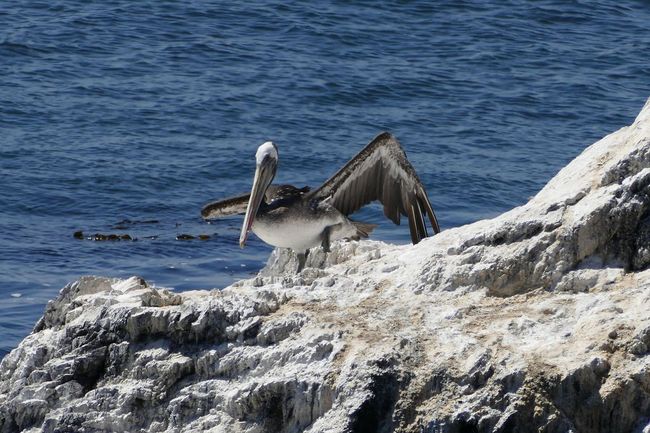
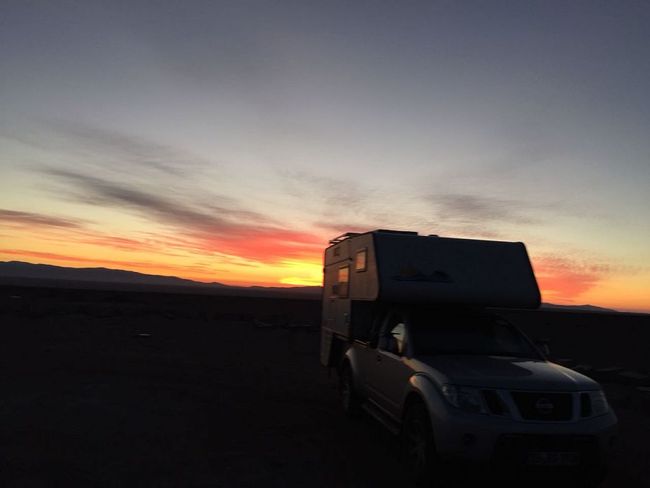
వార్తాలేఖకు సభ్యత్వాన్ని పొందండి
We are back in Chile and hope that the country and people in the north will appeal to us more and make up for Chile's bad first and second impression. You can't compare the Frisians with the Bavarians, the Rhineland with Westphalia.
Our first destination is Valparaiso, formerly the most important port in the Pacific. After the opening of the Panama Canal, the port lost its importance and is not even the largest port in the country anymore. Today, Valparaiso, the city on the 27 hills, is known for its steep stairs and elevators, its colorful houses and murals, as well as its old town, which has been a UNESCO World Heritage Site since 2003. Valparaiso is considered the most creative, chaotic, and avant-garde city in Chile, as Pablo Neruda, whose house is one of the city's attractions, wrote: "Valparaiso, how foolish you are......you don't comb your hair, you never had time to dress, life has always surprised you".
We find a campsite just outside the city and when the bus drops us off in the center of the city the next morning after a crazy ride, the bus driver cheats us out of a few thousand pesetas in change (you pay here when you get off instead of when you get on), bloody tourists! We don't know exactly where we are and stroll through the streets and alleys. Every house, every corner, every stone seems to be sprayed with graffiti. The colorful houses and huts cling to the steep hills like swallow nests, the streets, alleys, and stairs are a colorful tangle. Every corner offers new views and we get lost right away. Uniformed schoolgirls offer their help and are happy to test their surprisingly good German skills on us. On top of a hill, an older gentleman stops us from entering a steep, long staircase - it is closed off. He speaks some English, chats with us for a while, and then shows us the way to the correct staircase. We continue to stroll through the old town, at an alternative market we buy the best bread of our entire trip and 2 delicious chutneys. The city pulsates, always seems to be on the move, and the creative chaos is the program. It could actually be a dream city - but at the same time, it is the dirtiest and smelliest city we have ever experienced. Everywhere it smells of urine and garbage, animal carcasses decay in the roadside ditches, the streets are littered with garbage and dog feces, the houses are crumbling. None of the spectacular elevators are in operation during our visit. The contrast is enormous and makes it difficult for us to appreciate the creative and inspiring sides of the city. We don't want to spend the evening here and therefore start searching for the right bus. A bus driver we ask takes the time to inquire about our origin despite the hectic traffic. When Barbara says "Germany", he smiles, shakes her hand, and warmly welcomes us to Chile. Over the next few weeks, we repeatedly experience that Germans, in particular, are very welcome in Chile... We find it a bit difficult, as Germans we are not really used to that and wonder if this preference for Germany has anything to do with the Nazi era or maybe with the former socialist brother state, the GDR. Or maybe Mrs. Merkel has established world peace and we just haven't noticed yet? Back at the campsite, we need a shower to wash off the dirt of the city. Since it rains the next day, the question of whether we should go back into the city is unnecessary. We pack everything together and head towards the Atacama.
The Atacama is a coastal desert and the driest desert outside the polar regions. We drive through this desert from south to north along the entire 1200 km route, partly on the highway-like Pan-American Highway, but mostly on the coastal road. This means that we miss the tourist highlight of San Pedro de Atacama, but the desert town has turned into a single souvenir shop in recent years and doesn't really appeal to us. Therefore, we decide to take the touristically undeveloped coastal road and are not disappointed. A bizarre foreign landscape and spectacular views of the Pacific Ocean again and again, tiny fishing villages made up of huts and corrugated iron shacks, small seaside resorts, pelicans, and red-headed vultures. The countless crosses and shrines by the roadside are shocking. Many of them are really large, with photos of the deceased, personal belongings, or indications of the accident, even half a car wreck embedded picturesquely in the memorial site. Half a dozen helmets on the fence in front of the crosses make us suspect that construction workers have had accidents while working on the roadside. In the often monotonous desert landscape, these shrines also serve as a reminder to pay attention to our own speed once again. We spend a night right on the Pacific Ocean undisturbed, and a little later behind Antofagasta on a cliff with a view of the city and La Portada, a huge rock arch in the surf and the landmark of the entire region. Here we wake up with the sun and observe the seabirds during a morning walk. The most impressive experience is a night in the desert. In the presence of the "Giant of the Atacama", the largest of the approximately 5,000 geoglyphs that were carved or laid in the mountains of the desert about 1,000 years ago, we park the Dubs in complete solitude. Spending the night in the desert is a unique experience and hard to describe. We have never seen so many stars before and have never listened to such limitless silence.
Our last stop in Chile is Arica, a city on the Pacific Ocean, a few kilometers before the Peruvian border. We stay here for two days at the Don Pedro campsite, take cold showers, refuel everything that needs to be refueled. Only the refrigerator remains empty again, almost no food is allowed to be brought into Peru. Again, a gas station attendant tries to give us the wrong change, maybe a mistake, but we have become suspicious and vigilant.
Our conclusion on Chile? Very ambivalent. The landscape is magnificent and incomparable, especially off the main tourist routes in the north, it is only minimally developed for tourists and almost exclusively frequented by Chilean visitors, which is, of course, appealing. But much is in a completely dilapidated state, paths simply end somewhere, roads to attractions literally silt up, barriers rot away, walls crumble, everything, absolutely everything is full of garbage. Sometimes it seems that people simply throw their garbage out of their windows, entire residential blocks look like garbage dumps. The highways, which have the same signage as in Germany, are in top condition. You immediately feel at home. The Chileans are ahead of us in terms of tolls, every few kilometers you have to pay a small amount, at the end of the day, this adds up to a considerable sum and strains the travel budget. Just like in Germany, you have to pay for public toilets, but here you even get rationed toilet paper handed to you. In the north, more people have been friendly, even warm towards us, but many have also been grumpy and unhelpful.
Chile didn't convince us, but that is a very personal and subjective experience and should not deter anyone from discovering this country for themselves.
వార్తాలేఖకు సభ్యత్వాన్ని పొందండి
సమాధానం (5)
Kerstin
Hallo Ihr Lieben, was für ein toller Bericht! Schöne Fotos! Ich bin total begeistert und warte schon auf den nächsten Bericht aus Peru. So einen tollen unvergesslichen Sternenhimmel hatten wir in Namibia. Lg und weiter so! ☺anna
Hach, da kriegt man Reiselust ... passt schön uff euch uff!!!Petra
Hallo ihr Lieben. Wieder mal tolle Bilder. An Chaos müsstet ihr ja schon gewohnt sein. Peru wird sicher etwas ruhiger. L.G. aus MoersUlli
Valparaiso - das klingt ja nach Fernweh! Nach Seefahrerromantik und Weltreisen.
Und dann die Atacama! Wüste direkt am Meer. Wie in Namibia.
Wünsche Euch viel Spaß in Peru.
Gruß vom Hartmut.Barbara
Ilse: Zwischen all dem vielen Müll und Unrat habt Ihr unglaublich viele schöne Winkel entdeckt, alles hat eben auch zwei Seiten.